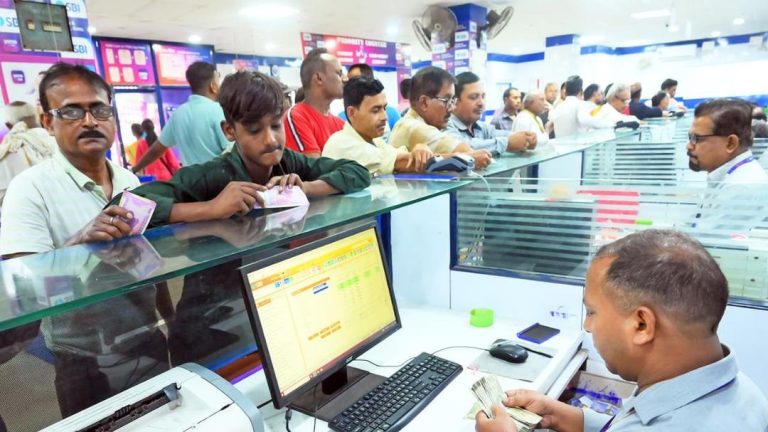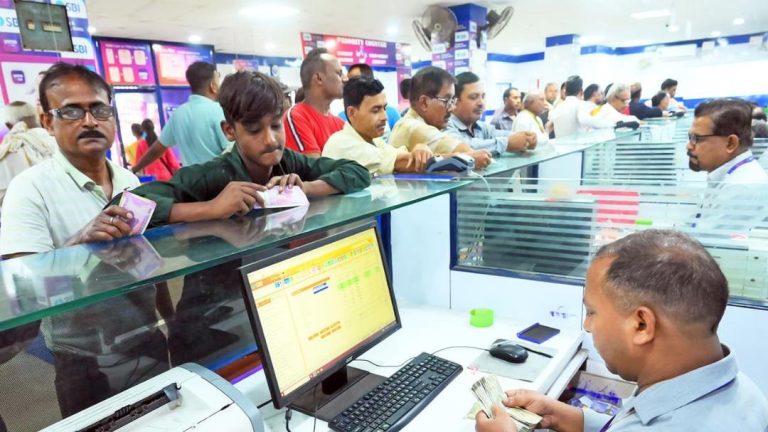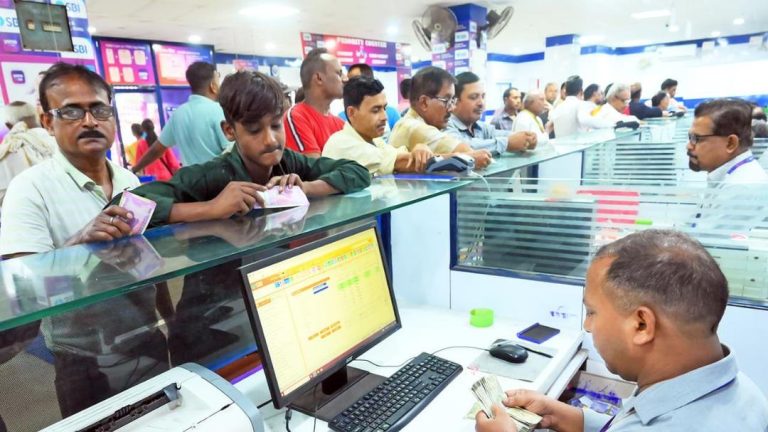
Why has the Nifty index remained flat for an entire year?
The Indian stock market has been facing a peculiar situation in recent times. Despite strong earnings from major firms, the Nifty 50 index has remained nearly unchanged over the past year. This flat performance has left investors and analysts scratching their heads, wondering what is holding back the Indian equities.
As the rupee slipped to a five-month low, adding to the uncertainty, the market seems to be stuck in a limbo. The weak global cues, tariff threats from the US, and subdued investor sentiment have all contributed to the current stalemate.
In this blog post, we will delve into the possible reasons behind the Nifty’s flat performance and explore what investors can expect going forward.
Weak Global Cues
The global economy has been experiencing a slowdown in recent times, which has had a ripple effect on the Indian market. The US-China trade tensions, Brexit uncertainty, and the ongoing COVID-19 pandemic have all contributed to the global economic slowdown.
As a result, Indian companies, which are heavily dependent on exports, have seen their revenue growth slow down. This has led to a decline in investor confidence, causing the Nifty to remain flat.
Tariff Threats from the US
The US has been a significant market for Indian exports, particularly in the pharma and IT sectors. However, the ongoing trade tensions between the two countries have created uncertainty for Indian companies.
The threat of tariffs and retaliatory measures has led to a decline in investor sentiment, causing the Nifty to remain flat. The US Federal Reserve’s dovish stance has also added to the uncertainty, as it has led to a decline in the US dollar’s value.
Subdued Investor Sentiment
Investor sentiment has been subdued in recent times, mainly due to the global economic slowdown. The decline in global trade and the uncertainty surrounding the US-China trade deal have led to a decline in investor confidence.
As a result, investors have become risk-averse, leading to a decline in equity investments. This has caused the Nifty to remain flat, as investors have become more cautious and are holding onto their liquid assets.
Rupee’s Slippage
The rupee’s recent slippage to a five-month low has also added to the uncertainty. The decline in the rupee’s value has led to an increase in import costs, which has had a negative impact on the Indian economy.
This has led to a decline in investor confidence, causing the Nifty to remain flat. The rupee’s decline has also led to a decline in the value of Indian companies’ foreign currency-denominated assets, which has further added to the uncertainty.
What’s Ahead for the Nifty?
As investors await cues from the US Federal Reserve, it’s difficult to predict what’s ahead for the Nifty. However, there are a few key factors that could influence the market’s direction.
The upcoming budget and the election season in India could bring about some positive changes for the market. The government’s decision to increase public spending and infrastructure development could lead to an increase in investor confidence.
Additionally, the decline in crude oil prices could lead to a decline in inflation, which could lead to an increase in investor confidence.
Conclusion
In conclusion, the Nifty’s flat performance over the past year can be attributed to a combination of weak global cues, tariff threats from the US, subdued investor sentiment, and the rupee’s slippage.
As investors await cues from the US Federal Reserve, it’s essential to be aware of the factors that could influence the market’s direction. While there are some positive changes that could lead to an increase in investor confidence, the market remains uncertain and volatile.
It’s essential for investors to stay informed and adapt to the changing market conditions. By doing so, they can make informed decisions and avoid potential pitfalls.
Source:



